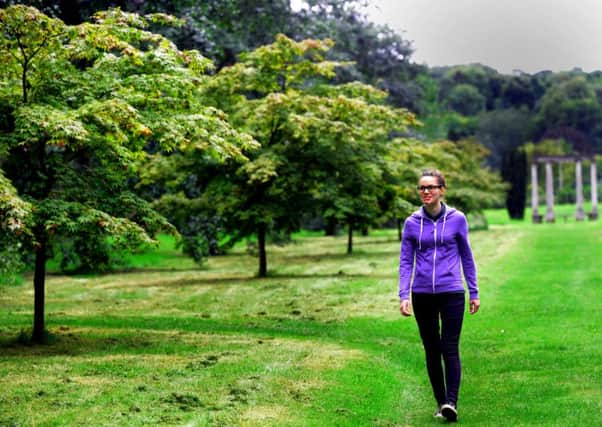World’s woodland reserves down by almost half


Population growth, an increasingly industrialised world, changing agricultural practices and woodland disease threats mean trees now need very careful management, even though there are still 3.04 trillion trees worldwide -around 422 for each person on Earth.
Those figures are the results of a study published in the Nature journal and carried out by researchers at Yale University in the US who collected on-the-ground data as well as satellite imagery from six continents to produce a global map of trees.
Advertisement
Hide AdAdvertisement
Hide AdThey found there are more than three billion trees in the UK, or around 47 for each Briton. The highest densities of trees are the forests of the sub-Arctic regions of Russia, Scandinavia and North America, while the tropics contain around 43 per cent of the world’s trees.
The study suggests that while there are around eight times more trees in the world than previously estimated, the number of trees has almost halved (46 per cent) since the dawn of human civilisation around 11,700 years ago, and today, around 15 billion trees are lost each year as a result of deforestation, forest management and changes in land use.
The study’s lead author Thomas Crowther said: “Trees are among the most prominent and critical organisms on Earth, yet we are only recently beginning to comprehend their global extent and distribution.
“They store huge amounts of carbon, are essential for the cycling of nutrients, for water and air quality, and for countless human services.”
Advertisement
Hide AdAdvertisement
Hide AdHe added: “We’ve nearly halved the number of trees on the planet, and we’ve seen the impacts on climate and human health as a result. This study highlights how much more effort is needed if we are to restore healthy forests worldwide.”
The UK government has committed to planting more trees.
A Defra spokesman said: “Woodland cover in England is at its highest level in 700 years and this Government will ensure our public forests and woodlands are kept in trust for the nation.
“We are committed to delivering on our manifesto pledge to plant 11m trees over the next five years, building on the 11m planted during the last administration.
“Trees benefit the environment by moderating climate, improving air quality, reducing stormwater runoff and harbouring wildlife and contribute millions to our thriving economy through timber and tourism industries.”
Advertisement
Hide AdAdvertisement
Hide AdCommitted conservation professionals and volunteers are working in partnership with landowners to restore woodland in Yorkshire. The Yorkshire Dales Millennium Trust works with several partners to replant trees in North Yorkshire, seeing 1.1 million trees planted since 1996.
Chris Lodge, the charity’s woodland development officer, said: “The amount of tree cover in the Dales is much less than it is elsewhere in the country. Over time agricultural practices and methods have changed and a lot of the trees have gone so what we are trying to do is redress that in some ways.”
Faith Roskrow is curator of Thorp Perrow Arboretum near Bedale. She said: “The biggest threat to our woodlands are us, people. We used to cut them down not knowing the bigger picture, now we are much more knowledgeable of trees and why they are important to humans and wildlife, but there is a lot more education to be done.”
Vast tree heritage
The Thorp Perrow Arboretum in North Yorkshire covers 100 acres of the Thorp Perrow estate belonging to Sir John Ropner.
Advertisement
Hide AdAdvertisement
Hide AdFirst established by Sir John’s father, Colonel Sir Leonard Ropner, it is one of the country’s finest private collections of trees and shrubs from around the world and contains the five national plant collections including walnut and lime trees.
But the woodland on the wider estate is largely native with species such as hazel, rowan, silver birch and larch prevalent.
A new project being planned at the estate will see military veterans connected with the Help for Heroes organisation plant and manage their own woodland.